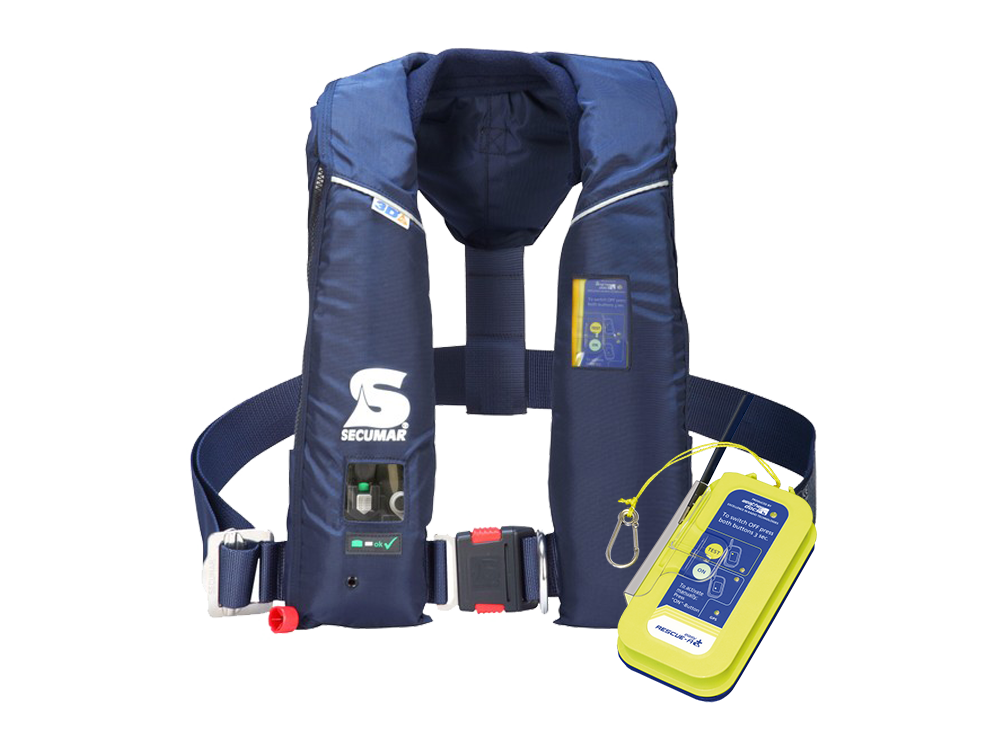Lifejackets
Automatic Lifejackets with integrated AIS S.A.R.T.
A life-saving accessory – indispensable for everyone on deck.
 |
| 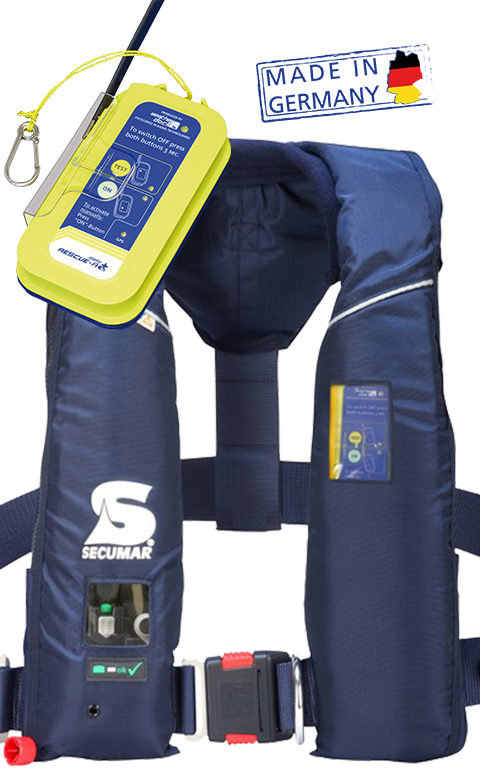
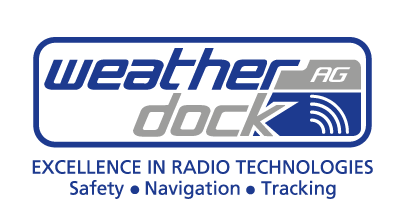


-
Perfectly combined: Automatic life jacket with built-in sea rescue transmitter
-
Safe position in the water in a “man over board” situation
-
Be found quickly thanks to AIS and DSC alerting

Lifejackets


Automatic Lifejackets with internal rescue transmitter
Automatic Lifejacket
with integrated AIS S.A.R.T.
Those who can’t be seen, can’t be rescued.
With an integrated AIS S.A.R.T. unit this is no longer the case. The current GPS position of the accident victim is updated every minute and, along with additional information such as Speed Over Ground (SOG) and Course Over Ground (COG), is broadcast to all recipients in the area, in the best case scenario to the actual ship of the accident victim, which is also the nearest one.
Why lifejackets?
If someone falls over board, then a lifejacket is a must have. Only the lifejacket ensures that the body is kept in a stable position and the head is kept above water. If the person who fell over board is unconscious, then the lifejacket is a life saver.
AIS Equipment
AIS receivers receive the AIS VHF radio signals sent by commercial vessels (Class A) and pleasure boaters (Class B). These signals are converted into an NMEA protocol, which can be interpreted from a chart plotter or PC software. The interpreted data can be displayed on the screen used.
Class B transceivers will also send their own ship’s data via AIS to all other vessels within range.
What is AIS?
Between AIS devices, this data is automatically exchanged at short intervals with special VHF transmitters and receivers. The FM transmitter unit transmits the data on one of two internationally designated AIS frequencies. One of the outstanding features of the AIS technology compared to other radio services is the automatic organization of the interplay of several AIS devices on a radio frequency without mutual interference.
AIS S.A.R.T.
The AIS S.A.R.T. „easyRESCUE“ are certified rescue devices. Once activated they transmit the current GPS position of the victim in distress directly to all AIS receivers within range. The “easyRESCUE” devices are all certified by the German BSH, the United States FCC, United States Coast Guard and they are SOLAS ready.
Why easyRESCUE and nothing else?
The easyRESCUE is an AIS-SART transmitter licensed and certified by Federal Maritime and Hydrographic Agency, BSH and by the International Convention for the Safety of Life at Sea (SOLAS). Due to this strict admission criteria, even for commercial shipping, it is ensured that the transmitter provides life saving quality over a longer period – even under the toughest conditions.
AIS
Via AIS emergency message all vessels with AIS receiver aboard in the vicinity of up to 15 nm and more around the victim, including the mother ship, are informed about the distress situation. Updated every minute, this alert message contains current GPS position as well as COG (course over ground) and SOG (speed over ground) of the victim in a drift. These information enable every crew to assist with the rescue.
DSC
Via DSC distress call up to 8 different vessels get a first alerting call within seconds after the AIS MOB easyRESCUE-PRO3 was activated in closed loop. The MMSI numbers can be pre-programmed into the beacon. After the GPS fix is given, a second DSC distress call is send out in “closed loop”, containing GPS position of the victim. For the next 10 minutes the “closed loop” crews are able to acknowledge the incoming distress call. If the easyRESCUE-PRO3 receives no acknowledgement, the unit switches automatically into “open loop”, transmitting an “all ships call” to everybody into the GMDSS emergency network. This “all ships call” can be relayed by commercial vessels to forward the distress call to a coastal MRCC (maritime rescue coordination center) which are the sole stations to acknowledge the „open loop“.
HOMING
Via 121.5MHz a so called “homing signal” is transmitted. With the respective receiving and bearing equipment the right direction to the victim can be found out of 3 nm distance. In situation when there is “no sight” to the victim this technology comes up with a high benefit. The closer the vessel is to the victim, the more precisely the life-saving bearing can be done.
Lifejackets vs. Swimming aids
The labeling is done in pictograms, with the figure shown indicating the buoyancy in Newtons. The rule is: the higher the number, the more protection the safety equipment offers.
Definition: swimming aids
Swimming aids offer only a limited lift and are intended for users who are still conscious. Unsuitable for children under 30 kg!
Definition: Lifejackets
Life jackets also ensure that a user who is not completely conscious or even unconscious attains a secure position. The person is rotated by the buoyancy of the device onto his or her back, so that the head is held securely over the surface of the water.
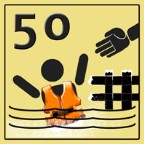
50 N buoyancy aids
- Only for good swimmers
- Use only in sheltered waters where quick help and rescue is guaranteed
- Provides only limited protection against drowning
- Unsuitable for troubled waters
- No lifejacket
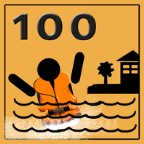
100 N lifejacket
- For swimmers
- Use only in sheltered waters
- Intended for people who have to wait in sheltered waters for rescue
- Into the safe position in 10 seconds; safe even if unconscious
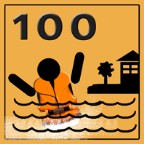
150 N lifejacket
- For swimmers and non-
swimmers - Intended for general use
- An unconscious person is turned into safe floating position
- Safe even if unconscious
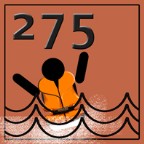
275 N lifejacket
- For swimmers and non-
swimmers - Primary use on the high seas and in severe conditions
- Additional lift for additional weight or for protective clothing with integrated buoyancy
- Safe even if unconscious
Reference values for the survival of people in the water
Water temperature
<3 °C
4.5 °C
10 °C
15 °C
21 °C
26 °C
Time until unconscious
< 15 min
30 min
1 h
2 h
7 h
12 h
Possible survival
bis 45 min
bis 90 min
3 h
6 h
40 h
> 40 h
Published by the SAR Coordinating Committee, as of January 1997

